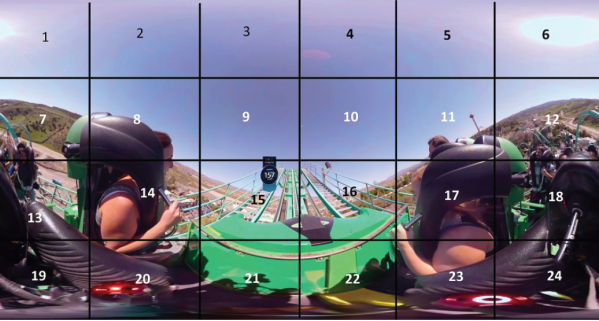Someday Elon Musk might manage to pack enough of us lowly serfs into one of his super rockets that we can actually afford a ticket to space, but until then our options for experiencing weightlessness are pretty limited. Even if you’ll settle for a ride on one of the so-called “Vomit Comet” reduced-gravity planes, you’ll have to surrender a decent chunk of change, and as the name implies, potentially your lunch as well. Is there no recourse for the hacker that wants to get a taste of the astronaut experience without a NASA-sized budget?
 Well, if you’re willing to get wet, [spiritplumber] might have the answer for you. Using a few 3D printed components he’s designed, it’s possible to use Google Cardboard compatible virtual reality software from the comfort of your own pool. With Cardboard providing the visuals and the water keeping you buoyant, the end result is something not entirely unlike weightlessly flying around virtual environments.
Well, if you’re willing to get wet, [spiritplumber] might have the answer for you. Using a few 3D printed components he’s designed, it’s possible to use Google Cardboard compatible virtual reality software from the comfort of your own pool. With Cardboard providing the visuals and the water keeping you buoyant, the end result is something not entirely unlike weightlessly flying around virtual environments.
To construct his underwater VR headset, [spiritplumber] uses a number of off-the-shelf products. The main “Cardboard” headset itself is the common plastic style that you can probably find in the clearance section of whatever Big Box retailer is convenient for you, and the waterproof bag that holds the phone can be obtained cheaply online. You’ll also need a pair of swimmers goggles to keep water from rudely interrupting your wide-eyed wonderment. As for the custom printed parts, a frame keeps the waterproof bag from pressing against the screen while submerged, and a large spacer is required to get the phone at the appropriate distance from the operator’s eyes.
To put his creation to the test, [spiritplumber] loads up a VR rendition of NASA’s Neutral Buoyancy Laboratory, where astronauts experience a near-weightless environment underwater. All that’s left to complete the experience is a DIY scuba regulator so you can stay submerged. Though at that point we wouldn’t be surprised if a passerby confuses your DIY space simulator for an elaborate suicide attempt.
Continue reading “Underwater VR Offers Zero Gravity On A Budget”



















